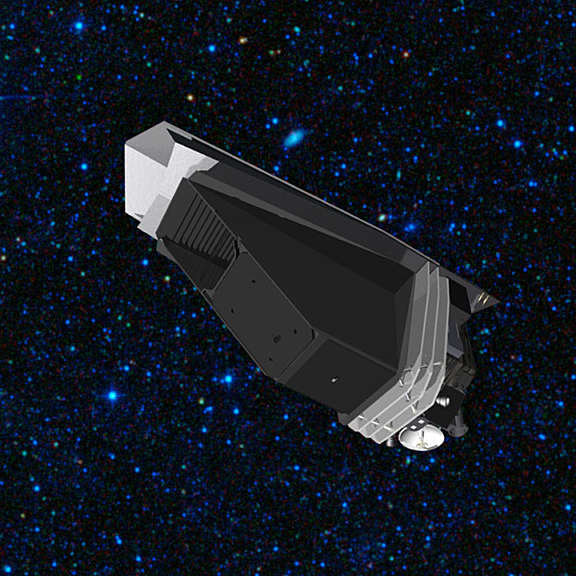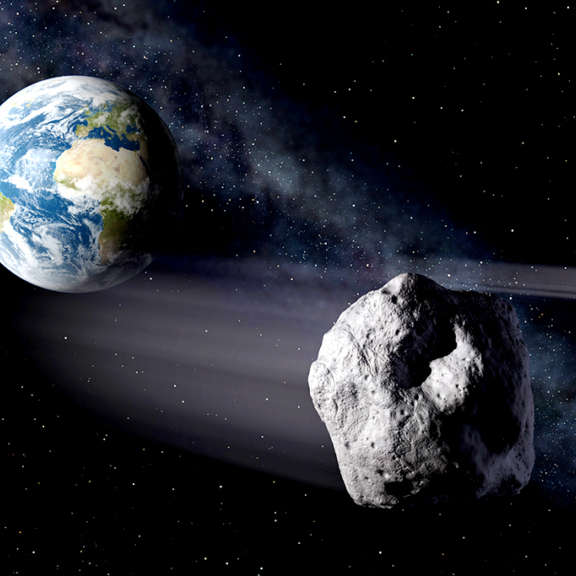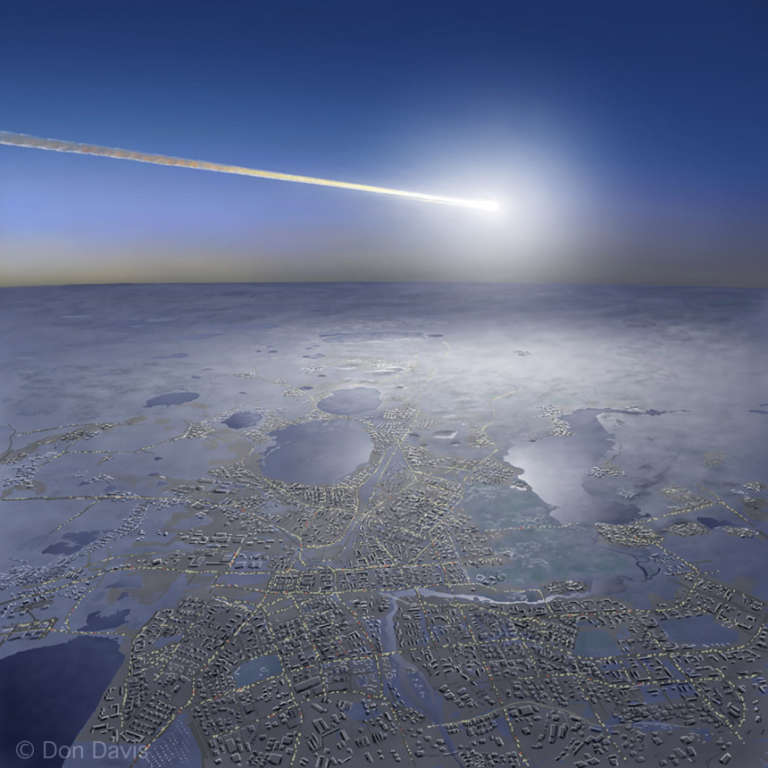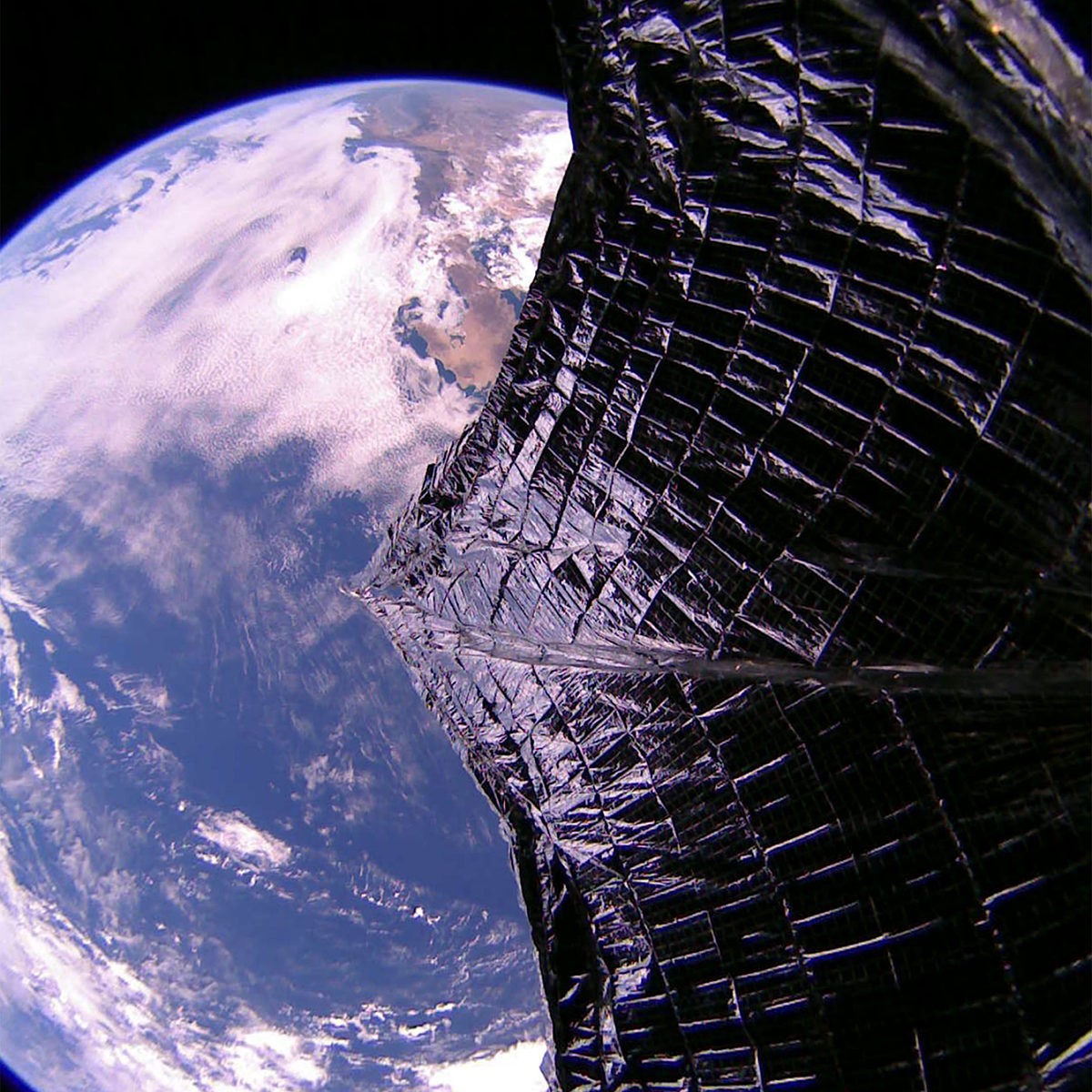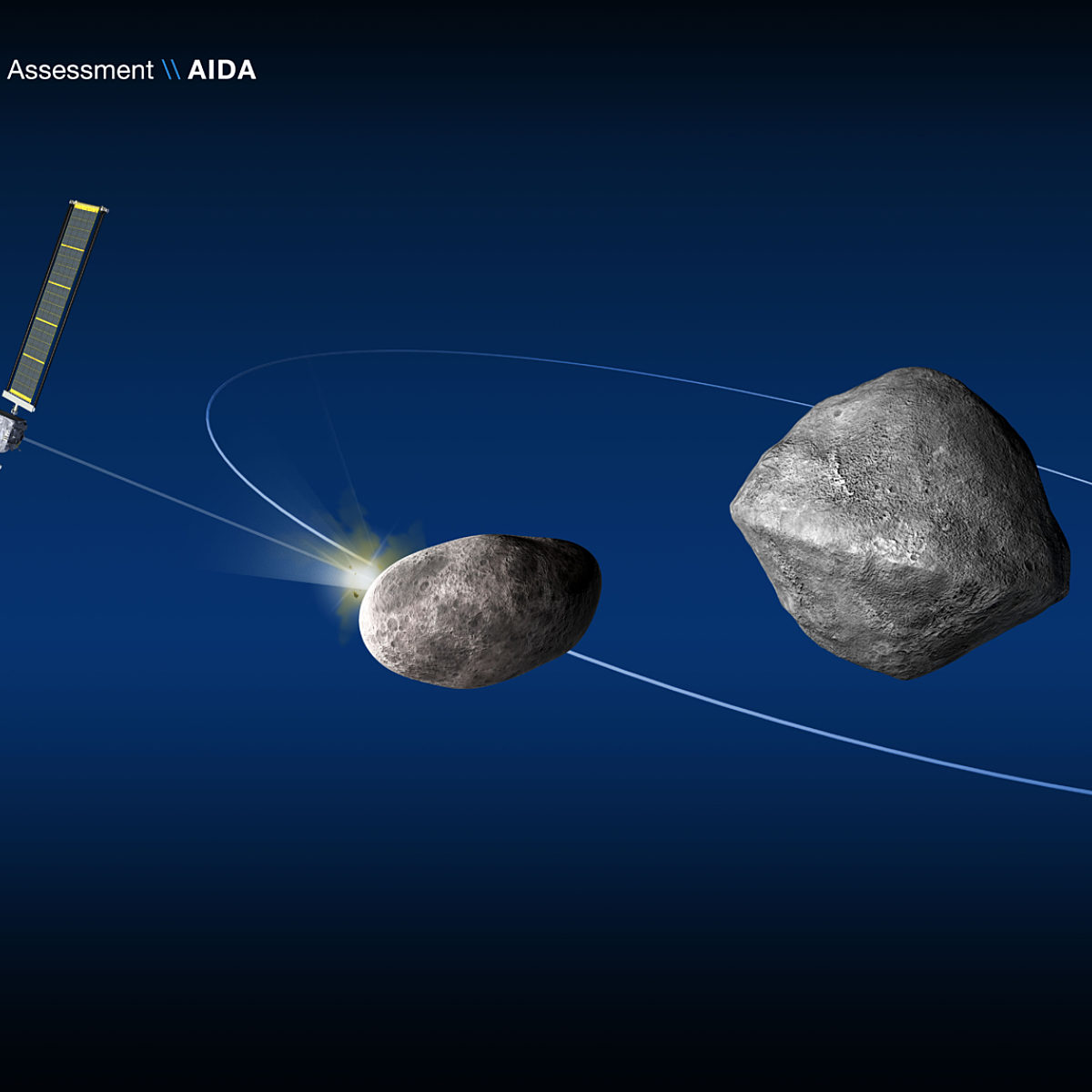All
All
Stories, updates, insights, and original analysis from The Planetary Society.
The great conjunction! (And how it functions)
Everything you need to know about Saturn and Jupiter’s upcoming conjunction, and more from this week in space exploration.
NASA Abruptly Delays a Critical Planetary Defense Mission
A space telescope that would find thousands of potential "city-killer" size asteroids was abruptly delayed due to unspecified and unrelated funding issues within NASA's science division.
Wish upon a shooting star (or a descending asteroid sample)
Hayabusa2 brings its sample safely to Earth, and the Geminids meteor shower approaches.
Planetary Society Reacts to Loss of Arecibo Observatory Radio Telescope
Arecibo helped us explore the cosmos and our solar system, search for life, and defend Earth from potentially dangerous asteroids.
Planetary Society Grant Winner Discovers Large Near-Earth Asteroid
The kilometer-wide object won't hit Earth, but would cause global-scale devastation if it did.
A devil on Mars and defenders of Earth
From dust devils and craters on the Martian surface to spots on the Sun, we’re taking a look at everything new and exciting in space science and exploration this week.
Looking up at bright planets, asteroids, and burning trash
Get an update on the latest in space exploration, and find out how you can help defend the Earth from asteroid impacts.
How the European Space Agency Does Planetary Defense
Defending the planet from the hazard of potential asteroid impacts requires investments from the whole world. In Europe, the European Space Agency (ESA) and the European Union both support work to understand and mitigate the threats from near-Earth objects.
How NASA's Planetary Defense Budget Grew By More Than 4000% in 10 years
NASA used to spend more on travel for its employees at headquarters than it did on finding dangerous near-Earth asteroids. Now it’s building asteroid-hunting space telescopes. What changed?
NASA to Build New Asteroid-Hunting Space Telescope
The yet-to-be-named telescope would launch as soon as 2024, as part of NASA's new, multi-pronged approach to planetary defense.
The September Equinox 2019 Issue of The Planetary Report Is Out!
A new issue of The Planetary Report brings you our pride in the success of LightSail 2 and our gratitude to our members for making it happen. Plus Venus science from Akatsuki and Venus Express, and the status of planetary defense.
The State of Planetary Defense
Vishnu Reddy delivers a sober but hopeful report on our understanding of near-Earth objects, their dangers, and our readiness.
Flying By Home
Vicky Hamilton explores how OSIRIS-REx used its Earth flyby to test instruments on the way to asteroid Bennu.
Asteroids have been hitting the Earth for billions of years. In 2022, we hit back.
DART is a test of the kinetic impactor technique, a potential method to deflect an asteroid on course to impact the Earth.
Let's check in on The Planetary Society's asteroid hunters
The Shoemaker NEO Grant program funds advanced amateur astronomers who help determine if nearby asteroids will hit Earth. Here are some collected reports from our asteroid hunters.
Will an asteroid hit Earth? Your questions answered.
The Planetary Society presents a list of Frequent Asteroid Questions (FAQs).
New report explores threat from near-Earth asteroids
How dangerous are near-Earth asteroids, and what will we do if we find one headed toward Earth?
Announcing the 2018 Shoemaker NEO Grant Winners
Seven very advanced amateur astronomers will help find, track, and characterize near Earth asteroids.
Planetary Society-funded telescopes help find ring around Haumea, a distant dwarf planet
Haumea has a ring! Two telescopes used in the discovery—one in Slovenia, and one in Italy—received funding from The Planetary Society's Shoemaker Near Earth Object (NEO) Grant program, which helps amateur astronomers find, track and characterize near-Earth asteroids.
Did a Planetary Society citizen scientist help find one of Earth’s biggest impact craters?
Scientists have found what appears to be a 250-kilometer-wide crater near the Falkland Islands. Is it ground zero for Earth's largest-ever extinction event?


 Explore Worlds
Explore Worlds Find Life
Find Life Defend Earth
Defend Earth


 Sun
Sun Mercury
Mercury Venus
Venus Earth
Earth Mars
Mars Jupiter
Jupiter Saturn
Saturn Uranus
Uranus Neptune
Neptune Small Bodies
Small Bodies
